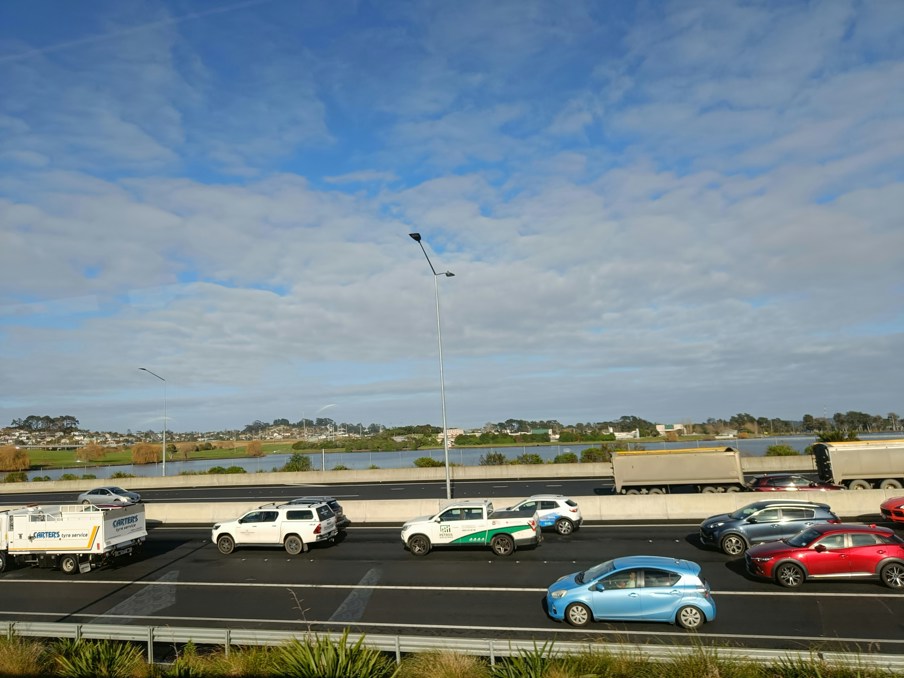A recent study has highlighted the most intimidating countries for tourists to drive in, with India topping the list.
Conducted by Scrap Car Comparison, the survey asked 2000 global motorists to rate their driving anxiety in 49 popular destinations, on a scale from one to 10.
Unsurprisingly, India, known for its chaotic road conditions, ranked highest with a "scare score" of 7.15.
Top 10 most intimidating countries to drive in

- India
- Venezuela
- Zimbabwe
- Morocco
- Thailand
- China
- Tunisia
- Brazil
- Colombia
- Malaysia
India, infamous for its congested roads and mix of vehicles, including cars, motorcycles and even livestock, ranked as the most nerve-racking country to drive in.
The chaotic traffic conditions of cities like Bengaluru and Pune have earned India a reputation for being particularly intimidating for foreign drivers. The study notes that India's traffic is not only busy but unpredictable, often leading to higher levels of anxiety for tourists.
New Zealand in the top 25

New Zealand was rated the 25th most intimidating country for visiting drivers, with a moderate "scare score" of 5.77.
While this is significantly lower than India's ranking, driving in New Zealand still poses challenges for some tourists, particularly those unfamiliar with left-side driving.
Despite this, New Zealand fares better than many other countries on the list, with its relatively well-maintained roads and fewer high-traffic areas outside major cities.
Common fears of driving abroad
The study also explored the key concerns drivers have about getting behind the wheel in foreign countries.
Top worries included driving on the opposite side of the road (56.2%), the dangerous driving habits of local motorists (55.9%), and the fear of accidentally breaking road laws (52.7%).
These factors contribute to the nervousness many drivers feel when navigating unfamiliar road conditions abroad.
David Kottaun, Operations Manager at Scrap Car Comparison, offers advice for tourists nervous about driving overseas. "Being prepared is crucial," he advises.
He encourages drivers to research local road laws, plan routes and account for extra driving time. For those feeling overwhelmed, public transport remains a safe alternative.





